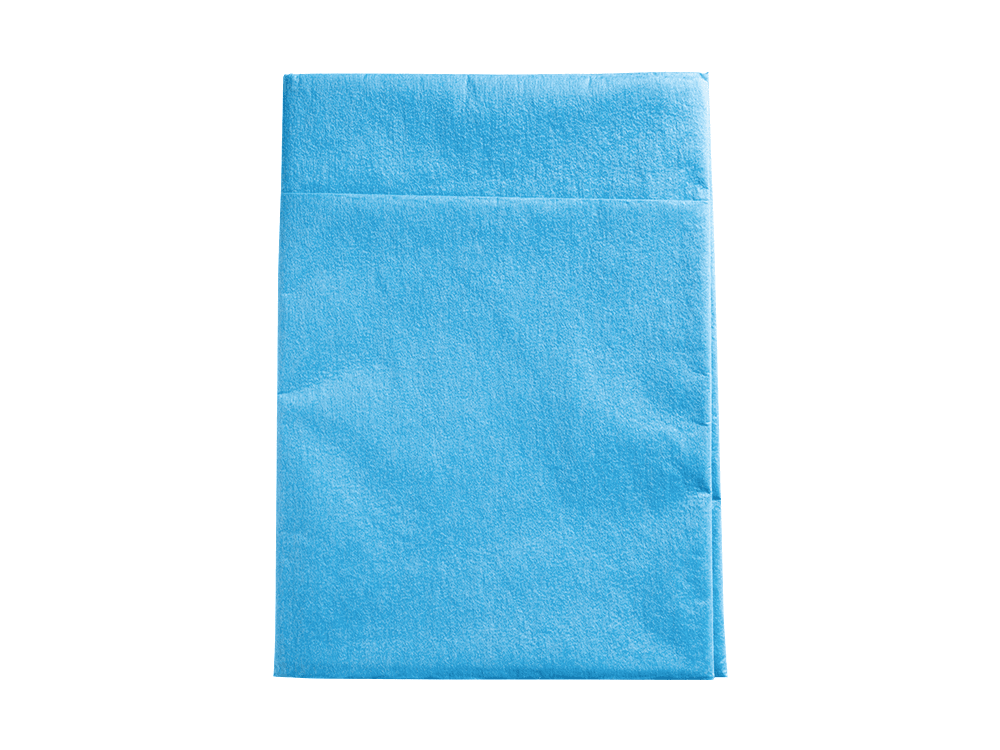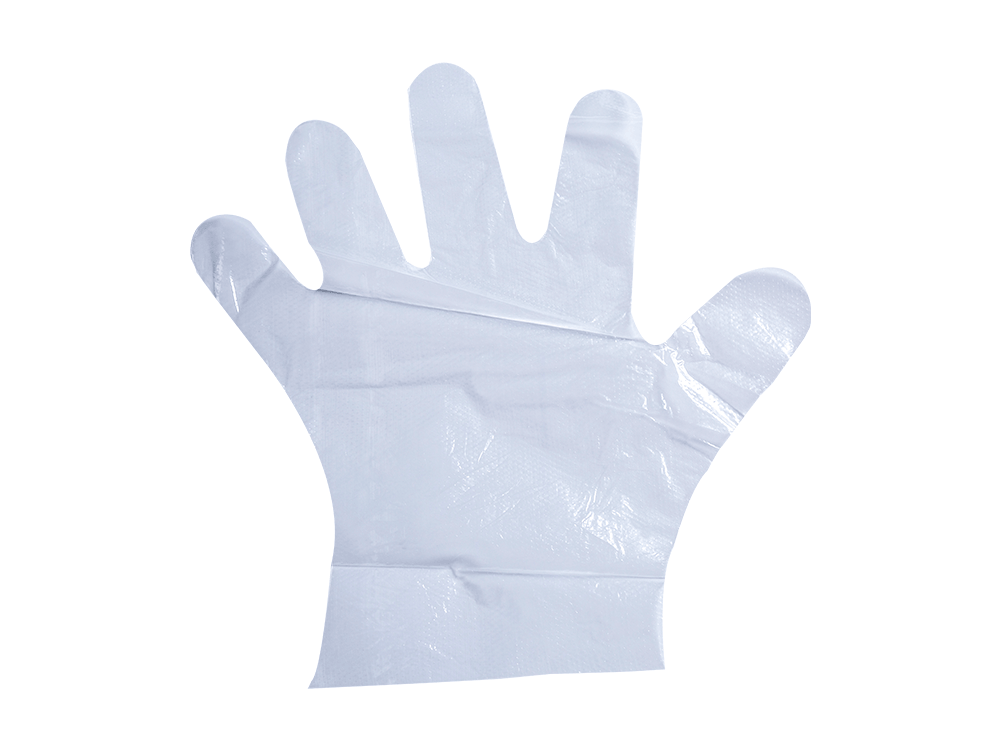Preventing Contamination: Surgical drapes create a physical barrier that prevents microbes, particulate matter, and fluids from contaminating the surgical site. By isolating the sterile field from the surrounding environment, drapes minimize the risk of introducing pathogens that could cause surgical site infections (SSIs).
Maintaining Sterile Field: Disposable surgical drapes are designed to be sterile and are individually packaged to preserve their sterility until they are opened for use. Once applied, they maintain the sterility of the surgical field throughout the procedure, reducing the risk of microbial contamination from external sources.
Reducing Cross-Contamination: Surgical drapes help minimize the transfer of microbes between patients, surgical team members, and the surgical environment. By covering non-sterile surfaces and equipment, such as surgical tables, lights, and anesthesia carts, drapes prevent potential sources of contamination from coming into contact with the sterile field.
Facilitating Aseptic Technique: Healthcare providers follow strict aseptic techniques when draping the patient and performing surgical procedures. Disposable surgical drapes are designed for easy application and removal, allowing surgical staff to maintain sterility while minimizing the risk of contamination during draping and surgical maneuvers.
Enhancing Visibility and Access: Surgical drapes are tailored to provide optimal coverage of the surgical site while allowing adequate visibility and access for the surgical team. Fenestrated drapes feature precut openings that expose only the necessary area for surgery, minimizing the risk of contamination while ensuring clear visualization of anatomical structures.
Managing Fluids: Certain surgical drapes incorporate fluid-control features, such as absorbent layers or pouches, to manage excess fluids and maintain a dry surgical field. By containing and redirecting fluids away from the surgical site, drapes help prevent pooling or spreading of contaminants that could increase the risk of infection.


 english
english 中文简体
中文简体

















